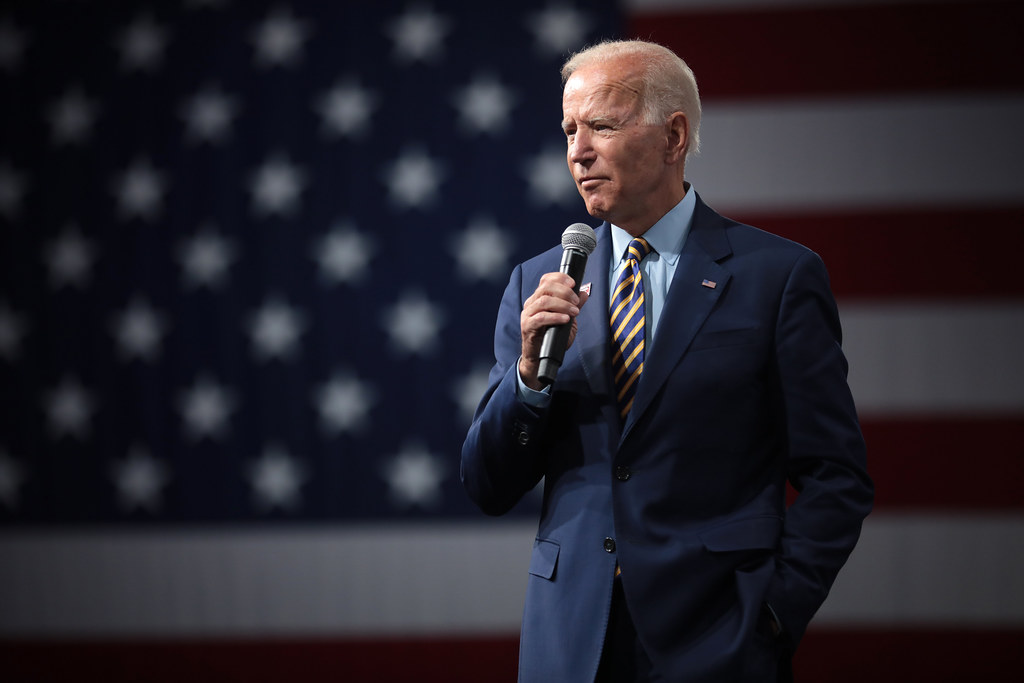By Lindsey Schibelhut, Staff Reporter.
For most people, the conflicts in Palestine on the Gaza Strip are oceans away. But for photojournalist Eman Mohammed, the realities of war are all too real. Saginaw Valley State University (SVSU) welcomed Mohammed to share her story and the stories behind the photographs she has taken.
“I grew up literally behind a fence surrounded by a wire fence and concrete borders,” says Mohammed. “Concrete borders permanently closed for one reason or another and rarely opened. Closed under occupation, closed under construction, closed under the ongoing siege.”
Mohammed has dealt with the hardships of being a woman in the male dominated photojournalism industry.
She explains, “As a Palestinian, I was raised to know that my chances were pretty low. My future had already been predicted, and I did not have a famous family name to provide me with the protection. No powerful, strong connections to make my career path easier or in my case possible.”
Mohammed then focused on telling the stories behind the multitude of photographs she has taken of the devastation in Gaza. She told a story of one man, a construction worker, that she met while shooting photos. The man had worked in Israel for two decades and upon retirement decided to build a home for himself.
“When the first war started he [had] just finished building his dream house – two floors, a beautiful mansion for him to retire, and just sit and relax,” explains Mohammed. “That all disappeared by the very first war on the strip.”
Mohammed went on to say that – despite the loss the man faced – he was not angry. He wasn’t looking for revenge; he was just filled with disappointment. The only thing the man could do was sift through the rubble, salvage some memories, photographs and the remnants of everything he had ever owned.
Charin Davenport, an adjunct instructor at Delta College, was part of the audience listening to Mohammed’s story. The realities of the devastation Palestinians face brought her to tears.
“The idea that Gaza is in the worst shape that it’s ever been in, that’s hard. The future in her estimation is very bleak, I think she said we are headed toward a catastrophe. And it is not in our news, it doesn’t show up anywhere,” says Davenport.
One photography project Mohammed has started is called “Broken Souvenirs.”
Mohammed talks to her ‘storytellers’ (as she’s named them) to speak about their loss and grief. She works with them for days, sometimes months and then asks them to present their pain and loss in one photo.
Another heart-wrenching story Mohammed told was of one woman, Entesar Hamouda. It is a favorite photo of Mohammed’s. In the photo sits Hamouda next to a brand new coat meant for a small child and in front of the coat is a picture of her son.
“She was not able to have kids,” began Mohammed, “she got married to this guy who has five kids and became the most wonderful stepmother she could possibly be. She still didn’t have a kid of her own but she wanted to.”
As the woman’s stepchildren got older, they saved their daily allowance in the hopes of sending her to a doctor, so that she could receive medical help to become pregnant. After being treated, she was able to welcome a baby boy into the world; but, the joy did not last.
“On the second war, everyone was blinded by the dust the shrapnel and the shattered pieces of furniture that flew when that happened,” Mohammed explains. “She opens her eyes and she can’t see; she gets blinded by the pieces that got into her eyes. She got injured in her left and right leg and she can’t walk. So she holds tight to her son and she describes the very last breath he took while lying in her arms.
He did not celebrate his second birthday. She started to talk about the moment she lost him, but instead she sang a song she used to sing for him representing his loss.”
Rosina Hassoun, a SVSU professor, spoke about her own connection with Mohammed’s presentation.
“I’m half Palestinian so I know the story. I know the history; I have taught Middle Eastern history. I have been to the Middle East, but not to Gaza. So I think I had an imaginary perspective of Gaza and what she’s provided me is a real insider’s view of what’s happening and about the humanity of the people of Gaza – in spite of their situation.”
For both Davenport and Hassoun, the work Mohammed is doing for the people of Gaza will continue to inspire them in their daily lives.
“I’m interested in this idea of poetry of witness and I see this as an extension of that,” says Davenport. “She’s giving voice to people we would not normally hear from, and she’s delivering their message to us. She inspires me to continue to do the work that I do as a poet and as an activist. She helps me feel, like I’m not alone in that.”
Hassoun says, “She inspires me in so many ways. First of all, her courage is amazing, her enormous heart and spirit, gives me a hope for a future in the midst of all this destruction.”
Mohammed, ended the evening by discussing her hopes for the future – not only for the city of Gaza – but the women as well.
“For the women of Gaza, I want to see them be whoever they want to be – no restrictions, no double standards.”
